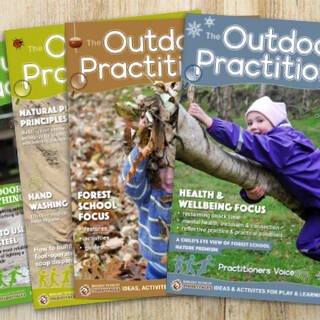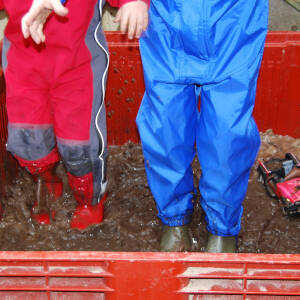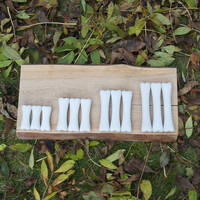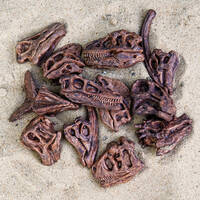Field Guide - Common Fossils
Excellent laminated multi page double sided Field Guides from the Field Studies Council.
The FSC Fossils identification guide features 71 fossils to investigate. Colour photographs cover the main fossil plants, corals, sponges, echinoderms, brachiopods, graptolites, arthropods, molluscs and vertebrates.
Text on the reverse side explains fossil formation. There is a summary of the main fossil groups. Additionally a full geological time scale is included for reference.
£4.00
exVAT
- SKU GWFIE83

Additional Information
Fossils are any evidence for past life. They include a great variety of material from shells and bones to footprints and burrows. An insect preserved in amber, dried dinosaur skin and even preserved excrement are all fossils. Since fossils are remains of living organisms, they form a record of the natural history of the past.
Of the countless numbers of organisms that have existed, only a minute fraction have become fossils. So for an organism to stand a good chance of becoming fossilised there are two main requirements. First it needs some hard parts, such as a shell or a solid stem. Second organisms that live in the sea stand a better chance of becoming fossils than those living on land. A lot of sediment accumulates on the sea bed, but above sea level weathering and erosion can prevent sediment from building up. Once buried, the remains can alter chemically to match their surroundings. This does not always happen. For example, a shell made largely of calcite buried in lime-rich mud may remain virtually unaltered as the mud changes to limestone. The same shell buried in sand may change at a molecular level to quartz.
Where are the best places to find fossils today? The vast majority of fossils are found in sedimentary rocks. Good places to hunt include the sea coast, upland areas, old quarries and the cuttings of dismantled railway lines.






